Why there are two Prime Ministers in Sri Lanka?
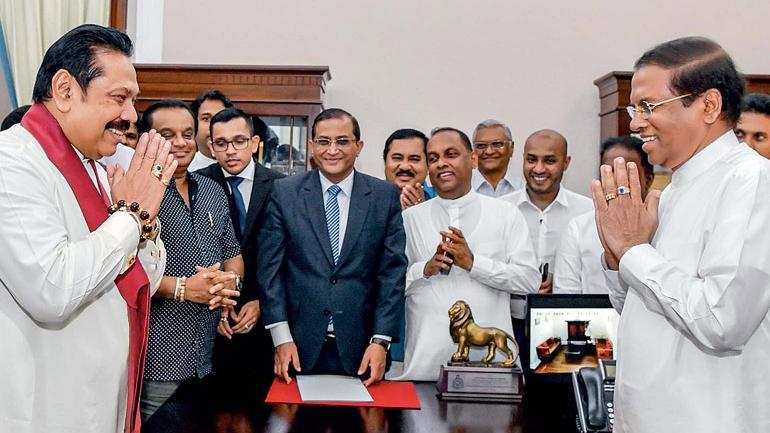
One of the oldest democracies of Asia is in the midst of a political mayhem following the breakup of a fragile coalition governing the island since 2015 and the sudden dismissal of Prime Minister Ranil Wickremesinghe by President Maithripala Sirisena.
He announced the dismissal on a live television session on October 26, 2018, where he also announced the appointment of former president Mahinda Rajapaksa, the man he joined forces with Wickremesinghe to defeat. However, the ousted Prime Minister claims to have numbers in the Parliament to prove his majority.
Political turmoil in Sri Lanka
The decision of President Sirisena has created a block in Sri Lanka’s politics. While the President is defending the dismissal, Wickremesinghe called it illegal. Parliamentarians are also favouring the ousted PM along with the speaker.
Sirisena suspended the Parliament to give newly-appointed PM Rajapaksa time to muster enough support to survive any no-confidence motion thrown in his direction.
On October 27, Sirisena prorogued Parliament till November 16, but on the evening of October 28, he issued a special gazette notification saying Parliament would convene on November 14. However, Sri Lanka’s Parliament Speaker Karu Jayasuriya on Friday informed lawmakers that President Maithripala Sirisena was likely to convene Parliament on November 7.
This Monday, Jayasuriya stated that in the midst of the political crisis prevailing in the island nation, he was compelled to accept the status of the earlier government till the new political alliance proves its majority in Parliament.
Upon his dismissal, Wickremesinghe said that he cannot be legally dismissed until he loses the support of parliament. He claims to hold a majority in the House but was unable to hold a confidence vote as Sirisena suspended the Parliament.
November 7 or 14, as soon as the Parliament comes in session, Sri Lanka will get to know which party holds the majority in the 225-member assembly and also if the newly-appointed Prime Minister Mahinda Rajapaksa continues to be in power or the ousted Prime Minister Ranil Wickremesinghe will lead the country.
Executive power in Sri Lanka: Relation between President and Prime Minister
The role of President in Sri Lanka is not like that of India. Here, the President is the most dominant political force while the Prime Minister is limited to a deputy to the President, besides being the leader of the cabinet.
Constitutional validity of President Sirisena’s move
Under the 19th Amendment adopted in 2015, the president no longer has the power to remove the prime minister at his discretion. The prime minister can only be dismissed if the Cabinet of ministers is dismissed, the prime minister resigns or the prime minister ceases to be a member of parliament.
Even if the President wants to remove a minister, he can do so only on the advice of the PM.
President Sirisena argues that the Cabinet ceased to exist the moment the UPFA (his party) withdrew from the national government. When there is no Cabinet and no prime minister, the president has the power to appoint the person whom he thinks commands the majority in parliament
Whereas ousted PM Wickremesinghe argued that what Sirisena did was unconstitutional because as per Article 46 (2) of the 19th Amendment of the constitution passed in 2015, the president cannot sack a Prime Minister who enjoys majority support in parliament. He said that he has majority support in parliament and neither did he resign from the premiership nor has he ceased to be a member of parliament.
But Wickremesinghe’s claim is contested by the president’s supporters who assert Article 42 of the constitution clearly says that the president shall appoint as prime minister the Member of Parliament, who, in the his opinion, is most likely to command the confidence of Parliament
And in Sirisena’s opinion, Wickremesinghe is not likely to command the confidence of parliament and has therefore lost the right to be Prime Minister.
Who has more numbers in the House?
Currently, Wickremesinghe’s party has 106 seats in the Parliament, which is just seven short of the majority.
Rajapaksa and Sirisena combined have 95 seats, and need 18 more MPs to get a simple majority of 113 in the 225-seat assembly. However, Rajapaksa claims to have around 100 loyal MPs and requires 13 more for a majority.
The story of the alliance
Sirisena and Wickremesinghe joined hands to form a government of national unity in 2015 to take down Rajapaksa who had been ruling the nation for more than 10 years. Sirisena was a political ally to Rajapaksa and minister of health under the latter’s rule.
During these 10 years, Rajapaksa and his government were accused of authoritarianism, corruption and human rights abuses, especially against the country’s Tamil minority. Rajapaksa also oversaw the end of the 27-year-long Sri Lankan civil war in 2009 through a series of brutal military offensives in which the UN estimates up to 40,000 Tamil civilians died.
His tenure was also marred by accusations as his security forces were blamed for disappearing, torturing and murdering opposition politicians, aid workers, activists, journalists and dissidents.
Sirisena joined with Wickremesinghe to bring in constitutional and governance reforms including a new Constitution to address the long-standing issues of the Tamil minority.
But, over the past three years, differences arose between Sirisena and Wickremesinghe over several issues including economic reforms, key policy moves and a probe into military officers accused of human rights violations during the country’s civil war with LTTE (Liberation Tigers of Tamil Eelam).
Also, President Sirisena’s move to join Rajapaksa and inviting him back into government counters the promises he made including the investigation into the former government’s actions during the civil war.
Impact on India
In the 10-year period when Rajapaksa led Sri Lanka as the President, the country did not have a pleasant relationship with the west. During this time, Sri Lanka distanced itself from India and grew closer to China with Beijing pumping billions into huge infrastructure projects in the country.
Sirisena-Wickremesinghe alliance brought in the promise to lessen financial ties with China in order to reduce the debt created due to such projects. Now if the tides flow in Rajapaksa’s favour, Sri Lanka could possibly lean towards China again, impacting the rivalry between India and China across the Indian Ocean.
From India Today.






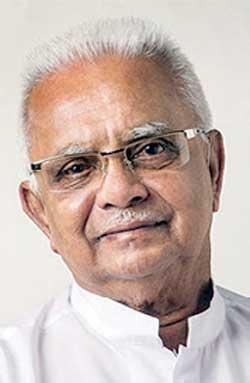
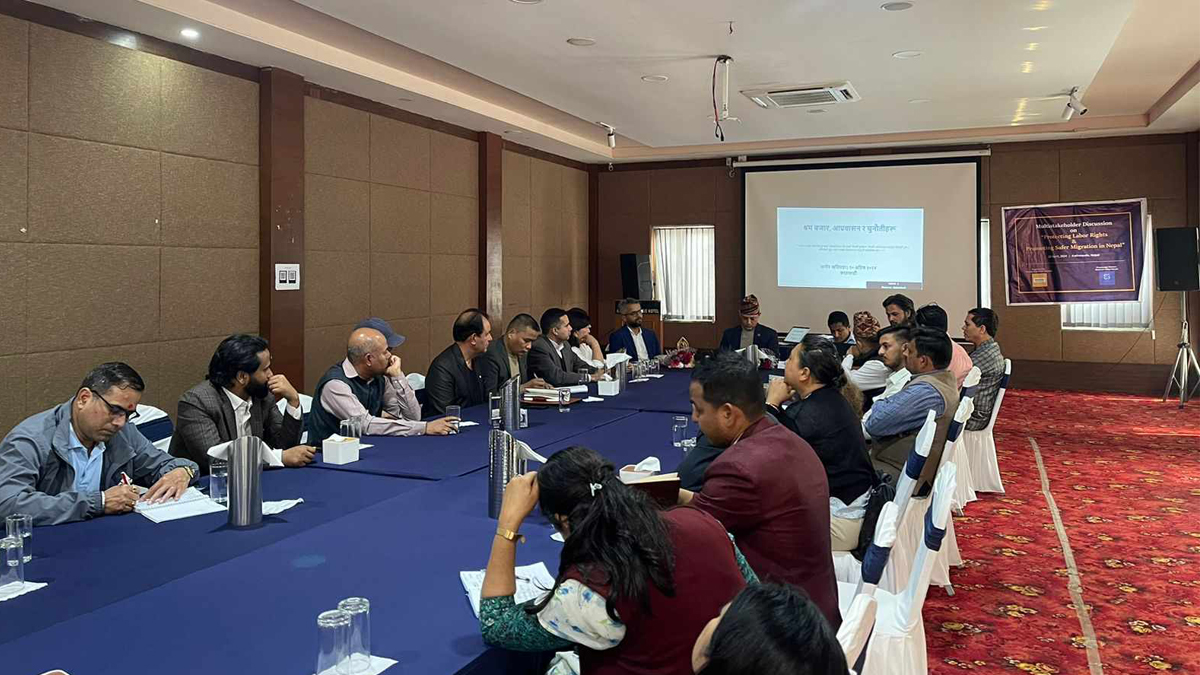

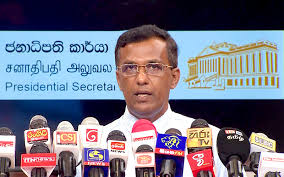
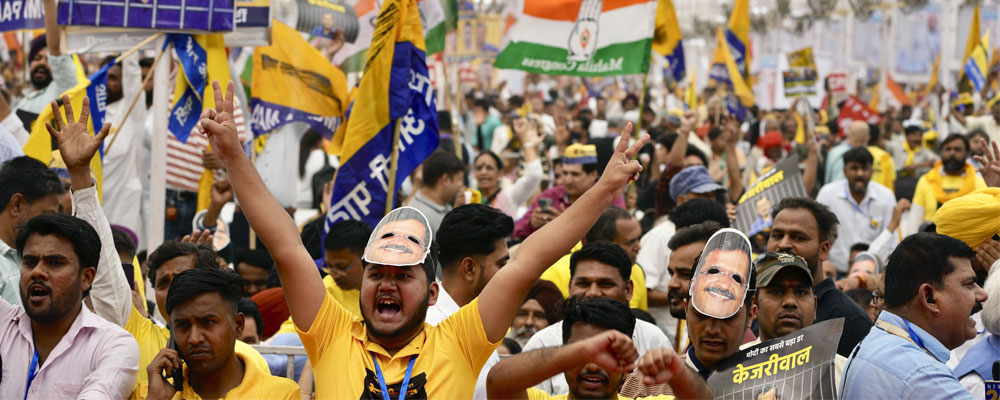
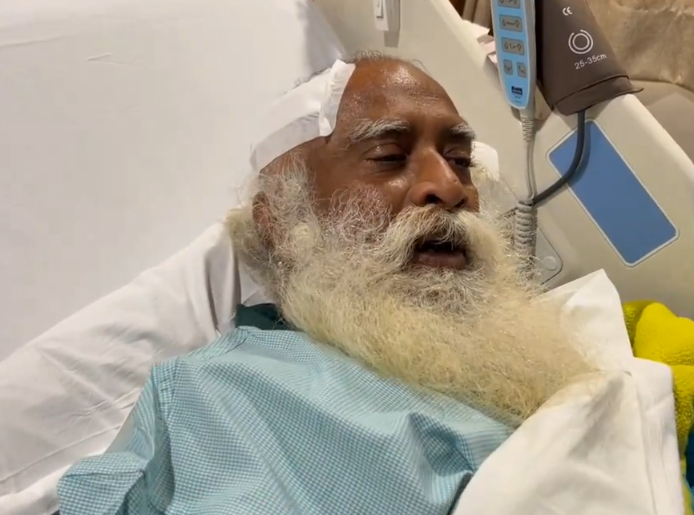
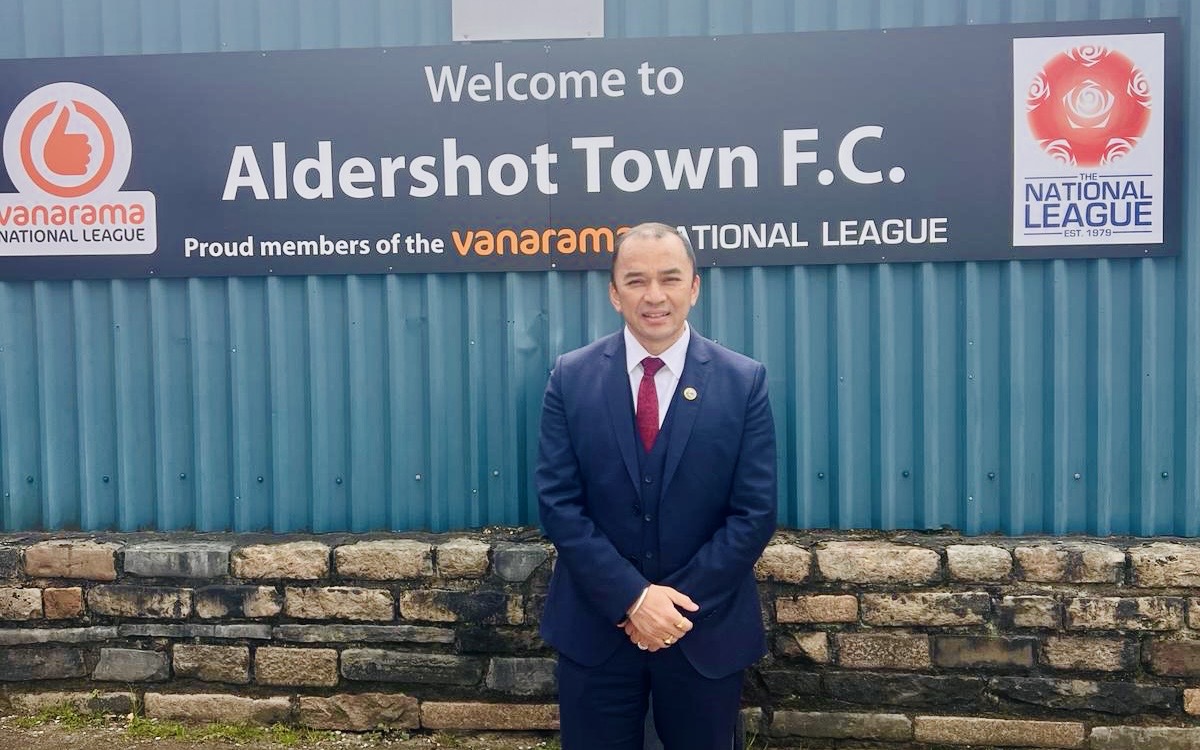
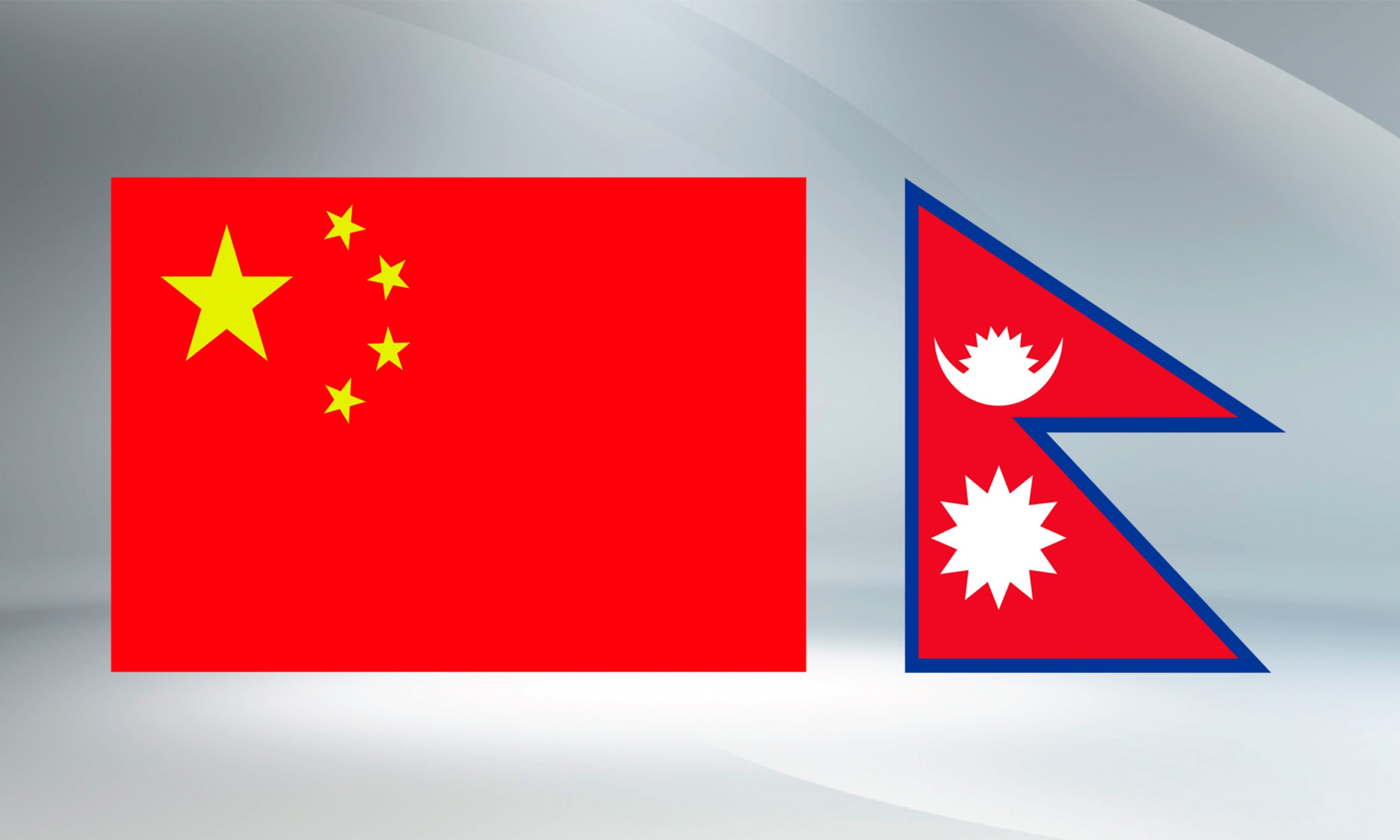
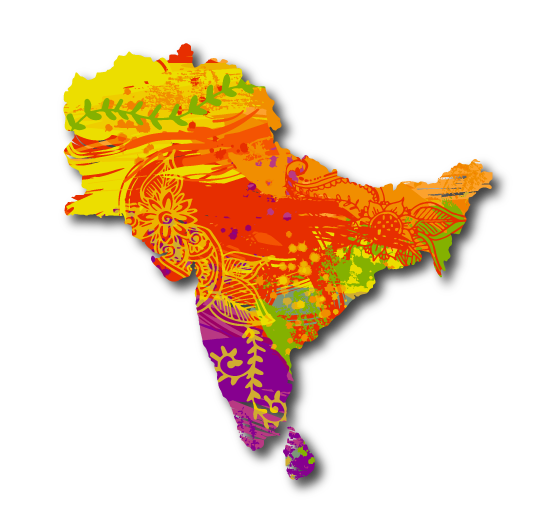
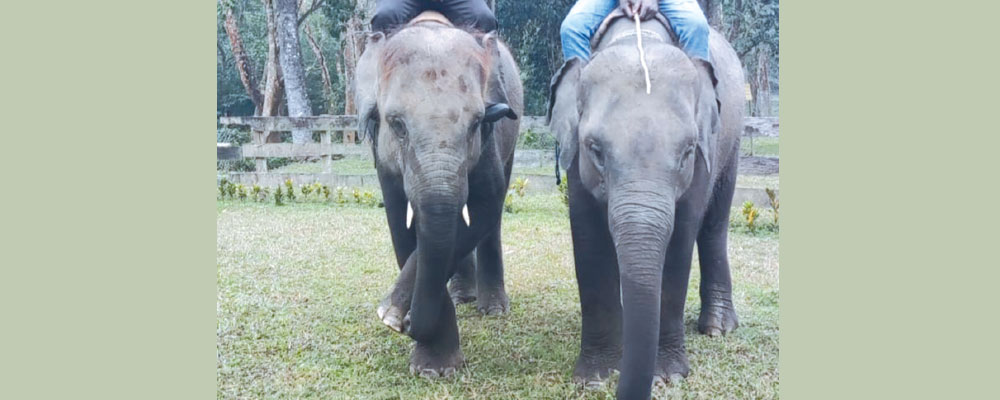



Facebook Comments